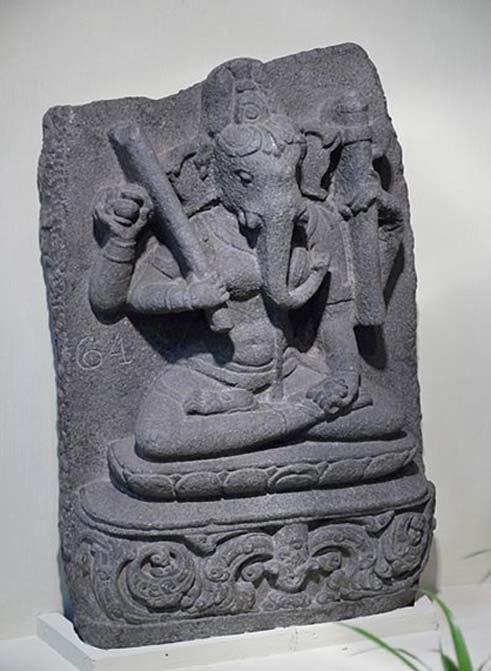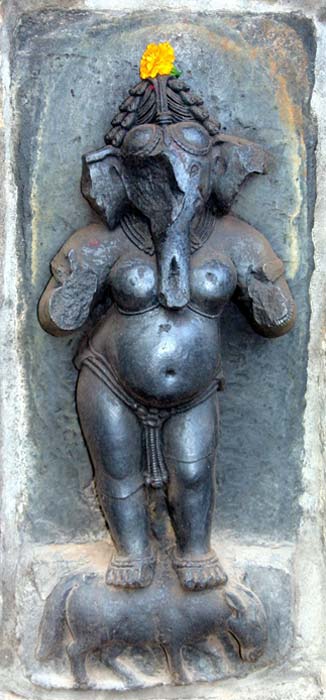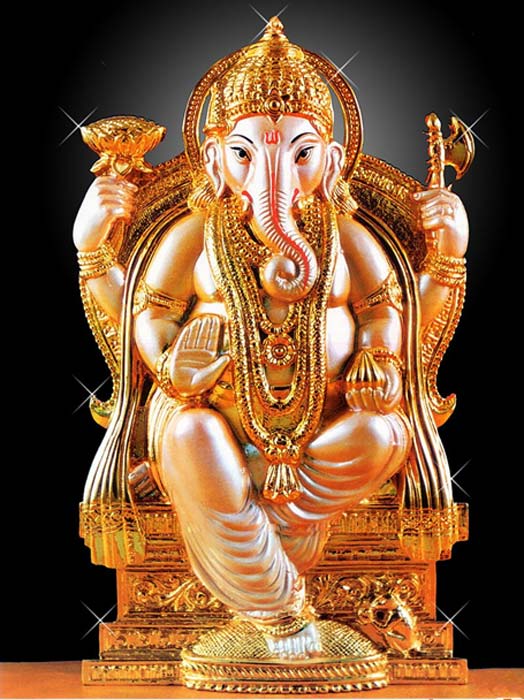
Goddess… or Demon? Hidden History of Vinayaki, the Mysterious Elephant-Headed Woman of Hindu Myth
In one of the shrines of the Thanumalayan temple in Kanyakumari district, India, is the stone sculpture of a four-armed deity sitting cross-legged in Sukhasana (“easy pose” - similar to sitting in a simple cross-legged position) holding a battle-axe, a large shell, a vase and a staff around which the deity entwines a long trunk. At first glance, one would think that this is the famous elephant-headed Hindu god Ganesha, except that this deity is clearly female.

Elephant-Headed Goddess: Black Stone, Circa 10th Century CE (Biswarup Ganguly/CC BY 3.0)
Every year, Hindus across the country celebrate the birth of Ganesha, revered as the remover of obstacles, in the Bhadrapada month of the Hindu calendar which usually begins at the end of August. But the same level of adulation has never been given to this goddess - Vinayaki.
The 16th century Shilparatna (“Sculptural Gems”), a classical text on traditional South Indian arts, gives a description of Vinayaki as having the head of an elephant and the body of a youthful woman. She is vermillion-colored, with large breasts, a corpulent belly, and beautiful hips.

Vinayaki (Kathie Brobeck/CC BY 3.0)
Independent Goddess Overshadowed
However, Vinayaki’s legends are so overshadowed by the popularity of Ganesha that she is either known by a wide variety of names and descriptions (which makes recognizing her in ancient texts difficult) or worse, ignored completely. In another stark contrast to the immense popularity of the images of Ganesha, Vinayaki is not often represented by an icon and she is also one of the least encountered deities in religious literature.

Ganesha (Sachinbatwal/CC BY-SA 4.0)




